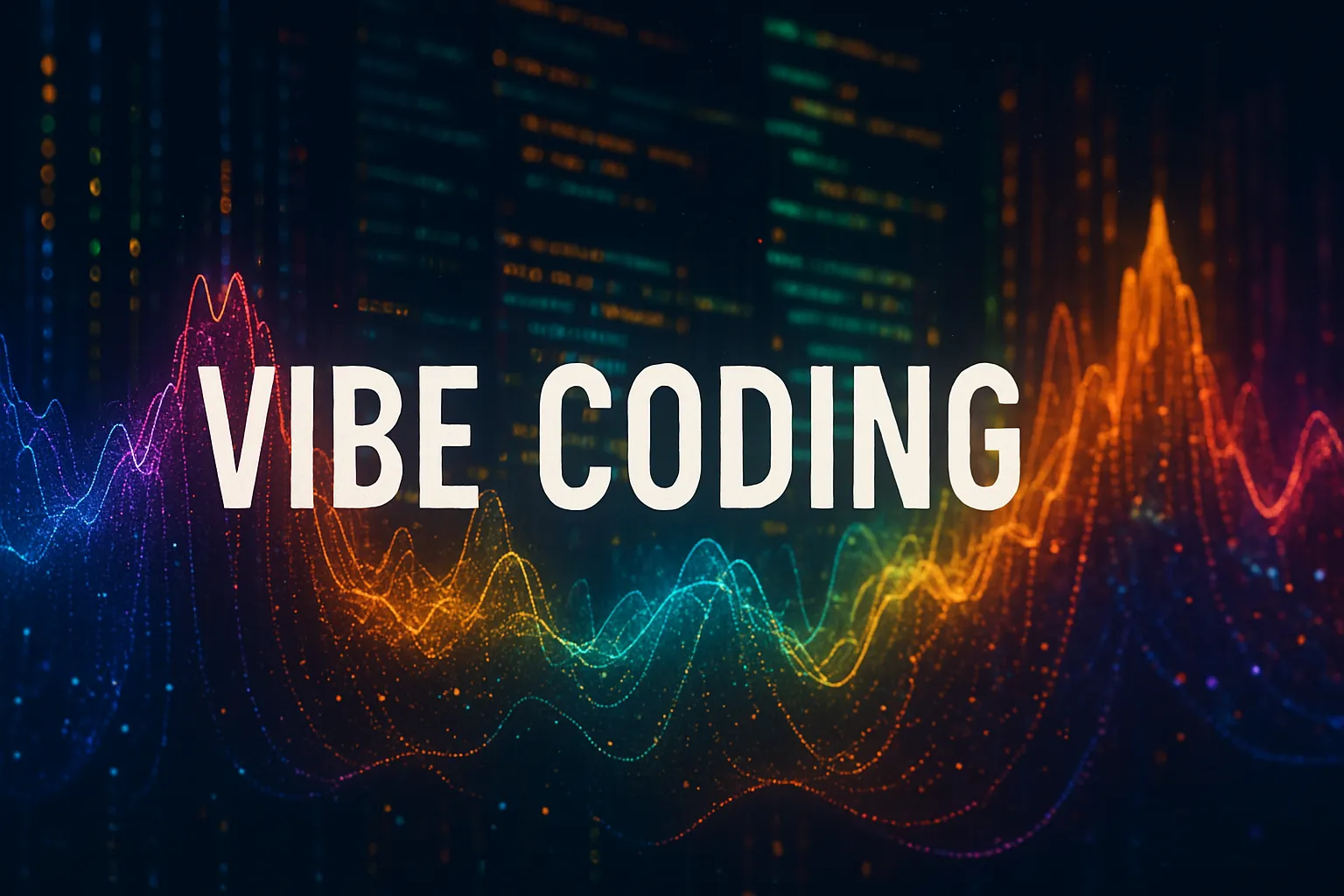UPSC
The Hindu Briefs
Vibe Coding: AI’s Role in Transforming Software Development
Last Updated
29th March, 2025
Date Published
29th March, 2025
Share This Post With Someone

Context:
Published on March 28, 2025, this article explores the emergence of "vibe coding," a trend where artificial intelligence (AI) simplifies programming by allowing users to generate code through natural language, raising both opportunities and concerns for the technology landscape, as covered by The Hindu.
Key Information in Points:
- Definition: Vibe coding is a new coding method where users rely on AI, particularly large language models (LLMs), to write code using casual, natural language instructions instead of traditional programming.
- Origin: Introduced in February 2025 by Andrej Karpathy, ex-OpenAI co-founder and former Tesla employee, who described it as surrendering to the “vibes” of coding with minimal focus on technical details.
- Process: Involves giving AI commands (e.g., “decrease sidebar padding by half”), accepting AI-generated code without review, and fixing errors by copy-pasting them back into the AI system.
- Tools: Enabled by advanced LLMs like Cursor Composer with Sonnet, where users can dictate commands via tools like SuperWhisper, reducing manual coding effort.
- Popularity: Gaining traction among hobbyists, non-coders, and professionals for its speed and ease, especially for rapid prototyping and small projects.
- Creative Aspect: Seen as a shift from coding as a technical task to a creative art form, though some traditionalists view AI-generated code with skepticism.
- Efficiency Gains: JPMorgan reported a 20% efficiency boost for engineers using AI coding assistants, highlighting its practical benefits.
- Limitations: AI-generated code can be slow, costly to maintain, or insecure due to lack of context, making it less reliable for complex, enterprise-level projects.
- Security Risks: Poses risks when replacing skilled coders with untrained users, as AI may not fully grasp the broader coding context, potentially leading to vulnerabilities.
- Ethical Concerns: Critics argue vibe coding involves scraping human-written code, raising plagiarism and intellectual property issues in competitive settings like hackathons or job applications.
- Professional Edge: Skilled coders using AI outperform pure vibe coders, suggesting it complements rather than replaces expertise.
- Future Scrutiny: As AI-generated codebases grow, the viability and long-term implications of vibe coding are under increasing examination.
Key Terms:
- Vibe Coding: Using AI to generate code via natural language, focusing on creativity over technical precision.
- Large Language Model (LLM): AI system trained on vast text data to understand and generate human-like language or code.
- AI Coding Tools: Software like Cursor that assist or automate code writing based on user inputs.
- Natural Language: Everyday speech used to interact with AI, bypassing formal coding syntax.
- Prototyping: Quickly creating initial versions of software for testing or demonstration.
- Security Risk: Potential vulnerabilities in code due to lack of oversight or understanding.
- Plagiarism: Unauthorised use of others’ work, a concern with AI reusing existing codebases.
Link To The Original Article – https://www.thehindu.com/sci-tech/technology/what-is-vibe-coding-and-why-are-people-catching-the-trend/article69389044.ece